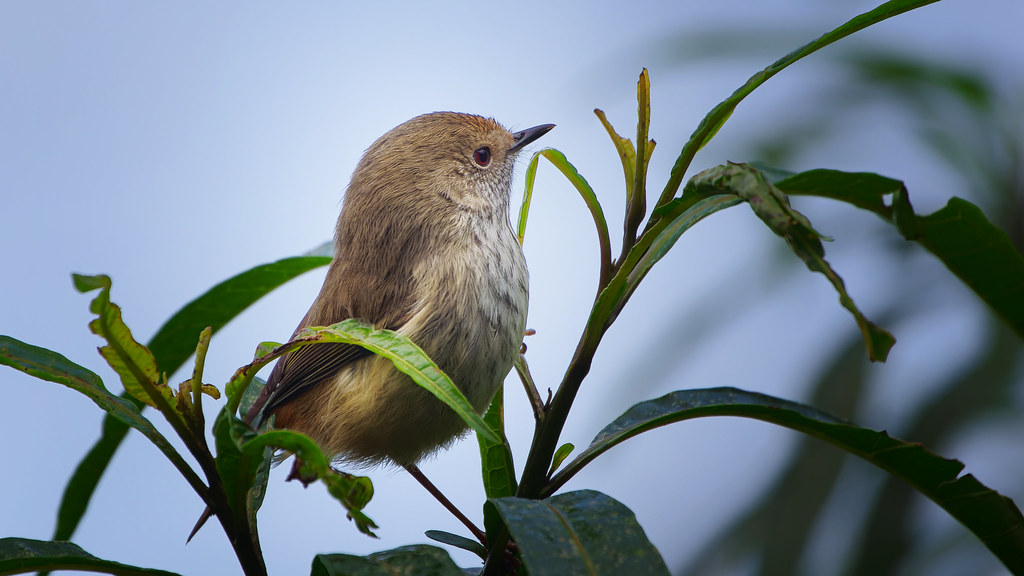 Originally posted by PJ1
Originally posted by PJ1 
Yes, the lens in question is the 55-300 PLM.
Thanks … missed that

A point to consider, the minimum aperture for "reliable" a/f performance is generally considered to be f/5.6 … unfortunately this lens is f/6.3 at the long end.
Whilst, under good light with a "normal" subject, this isn't usually a problem, factor in a couple of considerations, like the rippling water and/or overcast skies, and the camera can start to struggle, especially with a moving subject.
This observation is based on my extensive use of my Sigma 150-500mm, also with an f/6.3 aperture at the long end, taking many hundreds (if not thousands) of similar pictures from the local 300ft cliff tops of seabirds on or over the ocean.
Having compared performance both with an FA 100-300mm f/4.5-5.6 and a Sigma 70-200mm f/2.8 with 2x fitted (again, effective aperture f/5.6) my experience shows that the f/5.6 aperture allows the camera to be more responsive and accurate … unfortunately, in my circumstances, the reduction in "reach" is rather more than I'm willing to accept.
There's probably good reason that the DA 560mm and the FA 150-450mm were both designed as f/5.6 lenses … customers paying those prices wouldn't want a lens that was only totally reliable when the sun was out



 Similar Threads
Similar Threads 




























